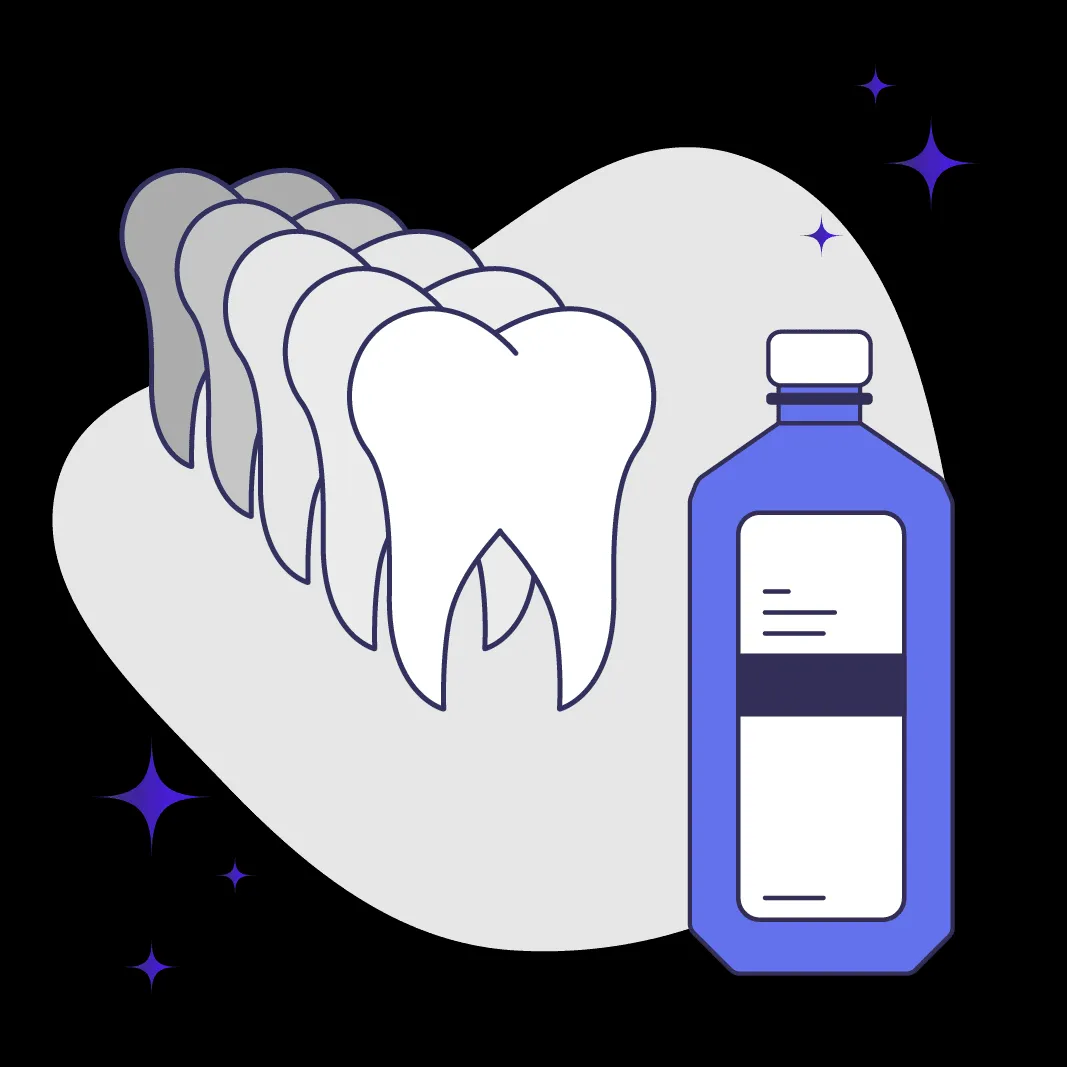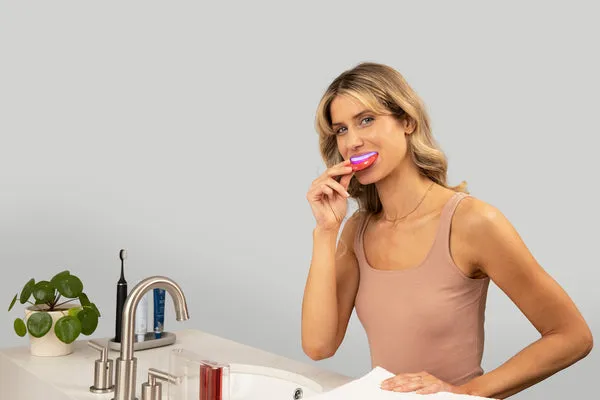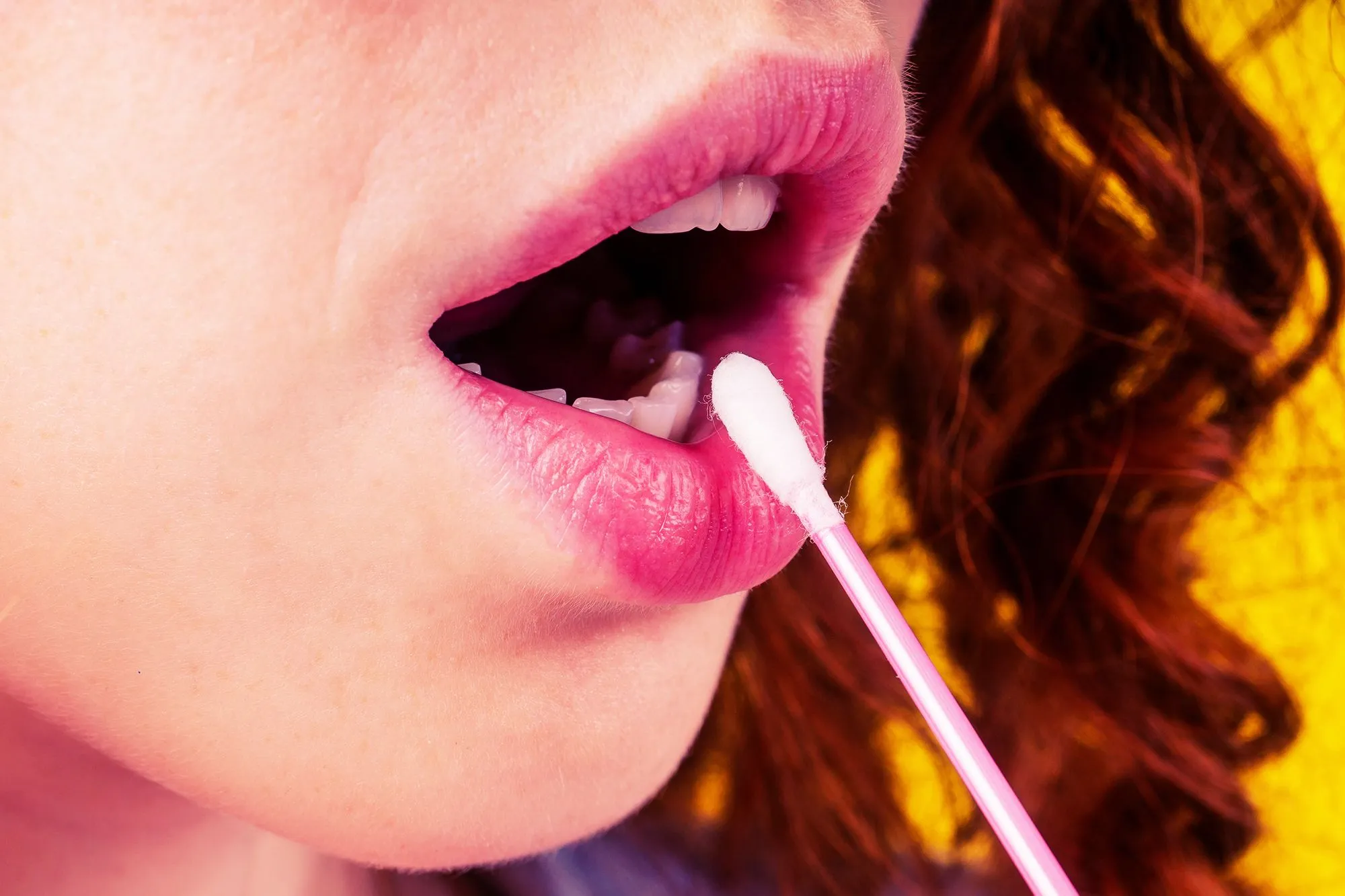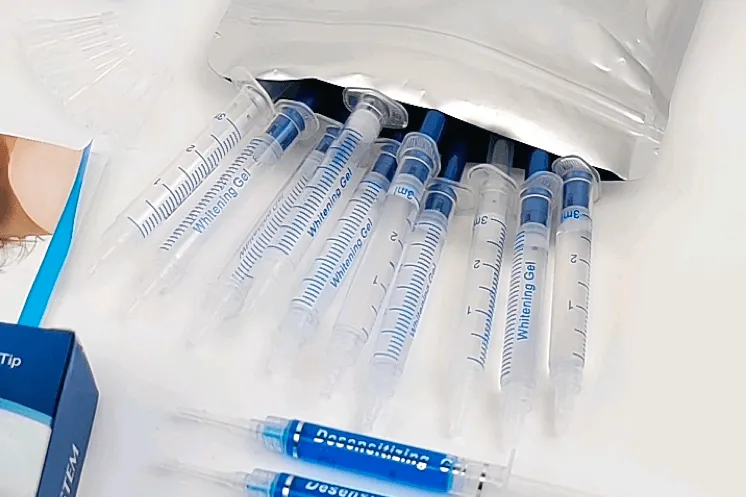Achieving a brighter smile is a common goal, and peroxide teeth whitening has become a popular method to attain it. However, before you embark on this journey, understanding the safety aspects is crucial. This comprehensive guide will delve into the ins and outs of peroxide teeth whitening, addressing its mechanisms, safety considerations, and alternative options. We’ll examine how this process works, the factors that influence its safety, and how to maintain those sparkling results, ensuring you can make an informed decision about your oral health.
What is Peroxide Teeth Whitening
Peroxide teeth whitening is a cosmetic dental procedure designed to lighten the color of your teeth. This process typically involves the use of hydrogen peroxide or carbamide peroxide, the active ingredients that break down stains and discolorations on the tooth surface. These whitening agents penetrate the enamel and dentin, effectively oxidizing the stain molecules and making teeth appear whiter. This method is available through professional dental treatments and over-the-counter products, each with varying concentrations and application methods. The effectiveness and safety of peroxide teeth whitening depend on several factors, including the concentration of the peroxide, the application method, and the individual’s oral health condition.
How Does Peroxide Whiten Teeth
The primary mechanism behind peroxide teeth whitening involves a chemical reaction. When hydrogen peroxide or carbamide peroxide comes into contact with the teeth, it releases oxygen molecules. These oxygen molecules then penetrate the porous enamel and dentin of the teeth. Inside, they break down the stain molecules that have accumulated over time from food, drinks, and smoking. By breaking these molecules into smaller, less visible components, the teeth appear lighter and brighter. The process is generally effective on both extrinsic stains (surface stains) and intrinsic stains (those within the tooth structure), although the extent of whitening can vary depending on the type and severity of the staining, as well as the concentration of the peroxide used.
The Science Behind Peroxide

The science behind peroxide in teeth whitening is based on its oxidizing properties. Hydrogen peroxide (H2O2) and carbamide peroxide (CH6N2O3) are both strong oxidizing agents. When applied to the teeth, the peroxide molecules break down, releasing free radicals, which are highly reactive. These free radicals react with the stain molecules present in the enamel and dentin. The oxidation process breaks down these stain molecules into smaller, colorless molecules. This process is not only effective in removing stains but also helps in altering the light reflection properties of the tooth, making it appear whiter. The concentration of peroxide, the duration of application, and the presence of catalysts (like heat or light in some professional treatments) can influence the speed and degree of whitening.
Is Peroxide Teeth Whitening Safe?
The safety of peroxide teeth whitening largely depends on several factors, including the concentration of the peroxide used, the application method, and the individual’s oral health condition. When used under professional supervision, with appropriate precautions and concentrations, peroxide teeth whitening is generally considered safe. However, there are risks involved, especially with improper use or overuse of over-the-counter products. It is essential to consult with a dentist before starting any teeth whitening treatment to assess your oral health and determine the most appropriate and safest method for you. They can also guide you on how to minimize potential side effects and maximize the effectiveness of the treatment.
Factors Affecting Safety
Several factors can affect the safety of peroxide teeth whitening. The concentration of the peroxide is critical, with higher concentrations generally leading to more effective results but also increasing the risk of side effects. The application method, whether it’s professional treatment, or an at-home kit, also plays a role. Professional treatments provide controlled environment and often employ protective measures to minimize risks. Individual oral health condition is another significant factor. Those with existing dental issues such as cavities, gum disease, or sensitive teeth may experience increased discomfort or complications from whitening treatments. Following instructions meticulously is essential, especially with over-the-counter products, to avoid misuse and potential harm.
Concentration of Peroxide

The concentration of peroxide in teeth whitening products is a primary determinant of its effectiveness and potential side effects. Professional treatments use higher concentrations of hydrogen peroxide (often between 15% and 40%) to achieve quicker and more dramatic results. These treatments are administered under the supervision of a dentist, who can monitor the patient’s response and take necessary precautions. Over-the-counter products, such as whitening strips and gels, typically contain lower concentrations (3% to 10% hydrogen peroxide or equivalent carbamide peroxide) to be safer for unsupervised use. While lower concentrations may be less effective, they also reduce the likelihood of side effects like tooth sensitivity or gum irritation. It is vital to select products based on professional advice and to adhere strictly to the product instructions.
Application Methods
Different application methods of peroxide teeth whitening have varying safety profiles. Professional treatments include in-office whitening, where a dentist applies a high-concentration peroxide gel to the teeth, sometimes using a special light to accelerate the process. The dentist protects the gums and soft tissues to minimize irritation. At-home methods include custom-fitted trays provided by a dentist, which deliver a lower concentration peroxide gel over several weeks. Over-the-counter options include whitening strips, gels, and toothpastes, which are convenient but often less effective and may require careful use to avoid adverse effects. The choice of method should consider the user’s oral health, sensitivity levels, and the guidance of a dental professional to ensure safety and efficacy.
Who Should Avoid Peroxide Whitening?
Certain individuals should avoid or exercise caution when considering peroxide teeth whitening. People with sensitive teeth or gums may experience increased discomfort or irritation. Those with existing dental problems such as cavities, gum disease, or untreated dental work should address these issues before undergoing whitening. Pregnant or breastfeeding women are often advised to postpone whitening treatments due to potential risks. Individuals with allergies to peroxide or any ingredients in the whitening products should also avoid them. A dentist can assess these factors and recommend alternative options if necessary, ensuring a safe and appropriate approach to improving their smile.
Risks and Side Effects of Peroxide

While peroxide teeth whitening is generally safe when used appropriately, it carries some potential risks and side effects. The most common side effects are tooth sensitivity and gum irritation. Sensitivity can manifest as a sharp, temporary pain when consuming hot or cold foods or drinks. Gum irritation may appear as redness, swelling, or soreness of the gums, especially if the whitening agent comes into contact with the soft tissues. Other potential risks include damage to existing dental work, such as fillings or crowns, if the whitening agent is not properly applied or if the products used are too strong. Although rare, some individuals may experience allergic reactions to the peroxide or other components of the whitening products. It’s crucial to be aware of these risks and to consult with a dentist if you experience any adverse effects.
Tooth Sensitivity
Tooth sensitivity is a frequently reported side effect of peroxide teeth whitening. It occurs because the peroxide can penetrate the enamel and dentin, affecting the nerves within the teeth. This sensitivity can be experienced as a sharp, shooting pain when consuming hot or cold foods or drinks. The intensity of sensitivity varies from person to person and is often temporary, usually subsiding within a few days after stopping or reducing the whitening treatment. To manage sensitivity, dentists may recommend using toothpaste designed for sensitive teeth, which contains ingredients like potassium nitrate. They may also suggest applying fluoride treatments to strengthen the enamel and reduce sensitivity. It is important to communicate any sensitivity issues with your dentist.
Gum Irritation
Gum irritation is another potential side effect of peroxide teeth whitening. It occurs when the whitening agent comes into contact with the soft tissues of the gums. This contact can cause redness, swelling, soreness, and sometimes blistering. Gum irritation is more likely to occur if the application method is not carefully followed, or if high-concentration products are used without proper protection. To minimize gum irritation, dentists use protective barriers during professional treatments. When using at-home methods, it’s crucial to ensure the whitening agent is applied only to the teeth and to avoid contact with the gums. If gum irritation occurs, it is essential to stop using the product and consult with a dentist. They might recommend soothing treatments and adjustments to your whitening plan.
Alternative Teeth Whitening Methods

If peroxide teeth whitening isn’t suitable or desired, several alternative teeth whitening methods exist. These options cater to different needs and preferences, providing flexibility in achieving a brighter smile. They range from professional treatments to over-the-counter solutions, each with varying effectiveness and safety profiles. Consulting with a dentist is essential to determine the best alternative based on your oral health, sensitivity levels, and desired results. Exploring these options allows you to make an informed choice and maintain a healthy and beautiful smile.
Professional Whitening
Professional teeth whitening offers several advantages. Dentists can perform in-office whitening procedures using high-concentration peroxide gels under controlled conditions. This ensures the safest and most effective results. They also provide custom-fitted trays for at-home whitening, ensuring accurate application and reducing the risk of gum irritation. Professional whitening often yields more dramatic results compared to over-the-counter options. A dentist can assess your oral health before treatment, addressing any underlying issues such as cavities or gum disease. Professional supervision also allows dentists to monitor your progress and manage any side effects. This approach maximizes safety and efficacy while ensuring optimal results for a brighter, healthier smile.
Over the Counter Options
Over-the-counter teeth whitening options provide convenient and cost-effective alternatives. Whitening strips are easy to use and readily available, adhering directly to the teeth to deliver peroxide. Whitening toothpastes use mild abrasives and low-concentration peroxide to remove surface stains. Whitening gels are applied using trays or brushes, offering a more concentrated approach. While these options are convenient, they often deliver less dramatic results than professional treatments. Careful attention to product instructions is crucial to minimize the risk of side effects such as tooth sensitivity or gum irritation. These methods offer flexibility and are often a good starting point for those seeking a brighter smile. However, it’s advisable to consult a dentist before starting any over-the-counter whitening regimen.
Maintaining Results and Oral Health

Maintaining the results of teeth whitening and preserving overall oral health requires a consistent approach. Regular dental checkups and cleanings are essential, as they remove surface stains and plaque buildup. Following a good oral hygiene routine, including brushing twice daily with fluoride toothpaste and flossing, is crucial to prevent new stains and maintain healthy gums. Limiting consumption of staining foods and drinks, such as coffee, tea, red wine, and berries, can help preserve the brightness of your teeth. Avoiding tobacco products is also important, as they are a significant cause of teeth discoloration. By adhering to these practices, you can extend the life of your whitening treatment and maintain a radiant, healthy smile.
In conclusion, peroxide teeth whitening can be a safe and effective method for achieving a brighter smile when used responsibly and under the guidance of a dental professional. Understanding the process, potential risks, and alternative options is crucial for making informed decisions about your oral health. Prioritizing your oral health, maintaining good hygiene practices, and seeking professional advice are key to a healthy, radiant smile.
